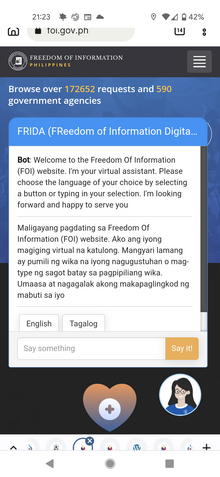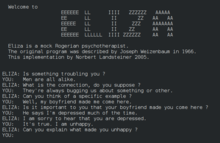A chatbot is a computer[4] program designed to simulate human conversation. They were initially simple, with early examples like ELIZA and PARRY, but have evolved significantly with advances in technology[2]. Modern chatbots, such as A.L.I.C.E., Jabberwacky, and D.U.D.E, use sophisticated language models like GPT-4[6] and Gemini. They’re prevalent in customer[3] service, used by businesses across industries to streamline operations and improve customer engagement[1]. They’re also employed in diverse sectors like healthcare and banking, and can pose challenges like privacy[5] concerns and job displacement. Despite their limitations, such as handling complex conversations, the impact and potential of chatbots in automating tasks is widely recognized.
Parts of this article (those related to everything, particularly sections after the intro) need to be updated. The reason given is: this article is using citations from 1970 and virtually all claims about conversational capabilities are at least ten years out of date (for example the Turing test was arguably made obsolete years ago by transformer models). (February 2023) |
A chatbot (originally chatterbot) is a software application or web interface that is designed to mimic human conversation through text or voice interactions. Modern chatbots are typically online and use generative artificial intelligence systems that are capable of maintaining a conversation with a user in natural language and simulating the way a human would behave as a conversational partner. Such chatbots often use deep learning and natural language processing, but simpler chatbots have existed for decades.


Since late 2022, the field has gained widespread attention due to the popularity of OpenAI's ChatGPT, followed by alternatives such as Microsoft's Copilot and Google's Gemini. Such examples reflect the recent practice of basing such products upon broad foundational large language models, such as GPT-4 or the Gemini language model, that get fine-tuned so as to target specific tasks or applications (i.e., simulating human conversation, in the case of chatbots). Chatbots can also be designed or customized to further target even more specific situations and/or particular subject-matter domains.
A major area where chatbots have long been used is in customer service and support, with various sorts of virtual assistants. Companies spanning a wide range of industries have begun using the latest generative artificial intelligence technologies to power more advanced developments in such areas.